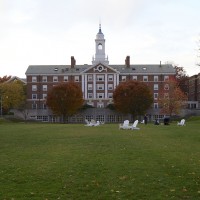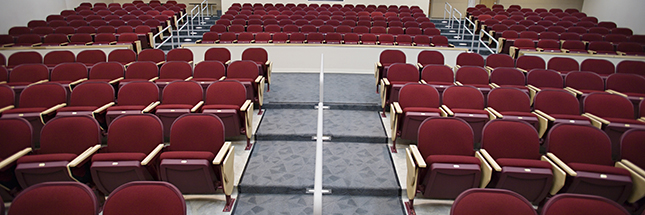Types of Higher Education Schools

Higher education usually involves courses or content that is far more field- or career-specific in comparison to the course offerings within the mandatory education system, which ends with Grade Twelve. As a result, there are a variety of different types of institutions that offer higher education, be it in the form of a certificate, diploma, associate’s degree, bachelor’s degree, professional designation, or a post-graduate degree. In most cases, institutions that offer higher education include colleges and universities of which there are several different types. The following are some of the most common types of institutions offering higher education.
Community Colleges
Community colleges are vocational institutions that mostly offer two-year associate’s degrees. Admission standards are lower than most other colleges and universities or open, meaning that they accept all applicants who meet a list of requirements. Tuition at community colleges is most often significantly lower than other higher education institutions. Many students choose to obtain a two-year associate’s degree and continue to complete a four-year bachelor’s degree in the same concentration, in which case they can transfer their credits. Others directly enter the workforce. In addition to associate’s degrees, many community colleges offer other course, including continuing or adult education courses for personal development purposes, industry-based training for professionals already in the workforce, and distance-education course for students who want to complete a degree at their own pace.

Liberal Arts Colleges
At most liberal arts colleges, the focus is on undergraduate programs of study in the liberal arts and in the sciences. Liberal arts colleges may offer a variety of four-year bachelor’s degree programs. Most are residential, meaning that students live on-campus or near the campus. They also tend to have smaller class sizes, enrolment, and higher teacher-student ratios compared to other universities. Liberal arts colleges emphasize interaction between teachers or mentors and students; classes and seminars are almost always taught by professors as opposed to graduate teaching assistants (TAs). Most liberal arts colleges are private institutions that are not funded by the government, but some state liberal arts colleges do exist.
Universities
Universities are educational institutions that offer both four-year undergraduate programs and post-graduate programs including master’s and doctoral programs. Some universities in the United States, such as Boston College or Dartmouth College, still retain the word college in their names, most of the time for historical reasons. Universities are often oriented towards research, with faculty members expected to conduct research in addition to teaching. Universities in the United States may be either public or private. Public or state universities generally have lower tuition and receive funding from the government, whereas private universities are largely funded by student tuition payments, donations, grants, and private businesses or organizations.
Professional Schools
Professional schools are often located within universities. These include business schools, nursing schools, medical schools, veterinary schools, law schools, dental schools, pharmacy schools, and journalism schools among others. These various degrees are also professional designations – for instance, someone who obtains a Doctor of Medicine (M.D.) may practice medicine following his or her degree. In many cases, students must obtain a bachelor’s degree before applying to a professional school. Tuition at professional schools may be more expensive than other, non-professional degrees.
